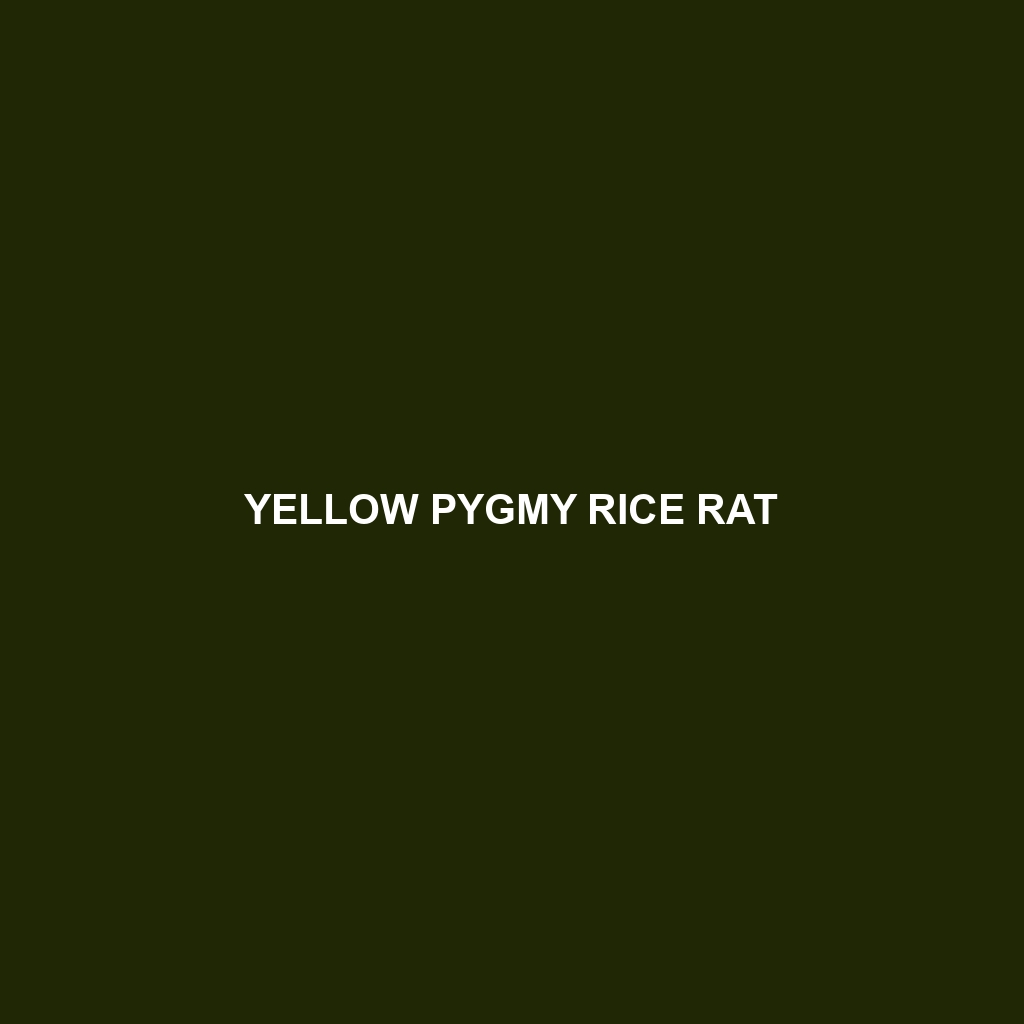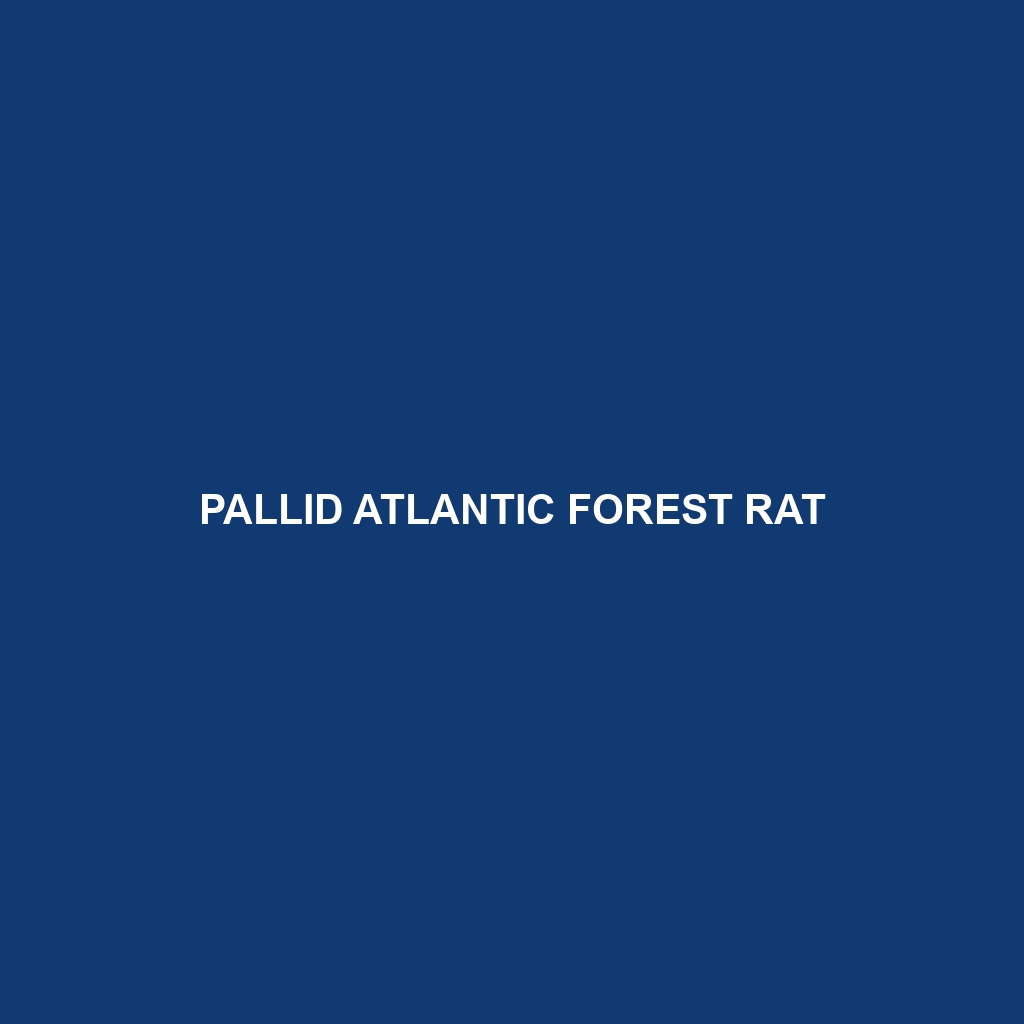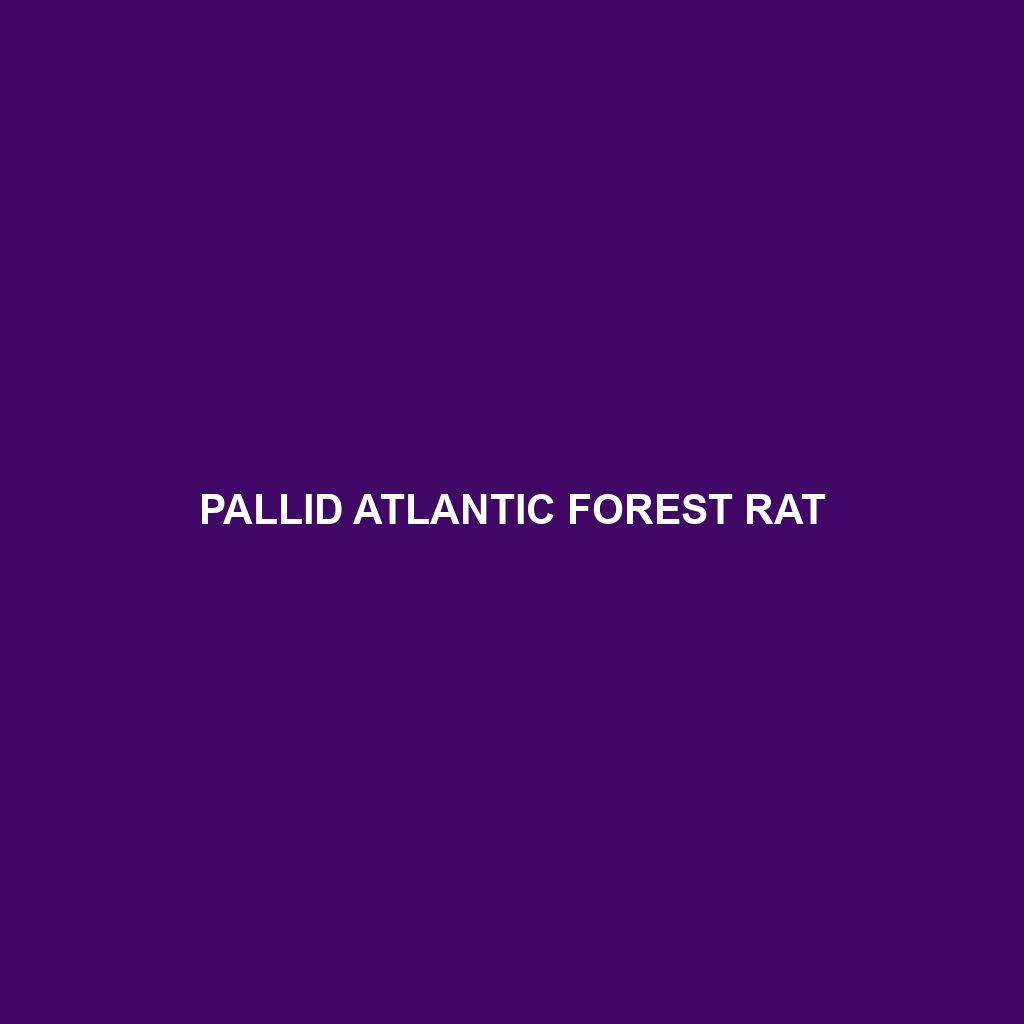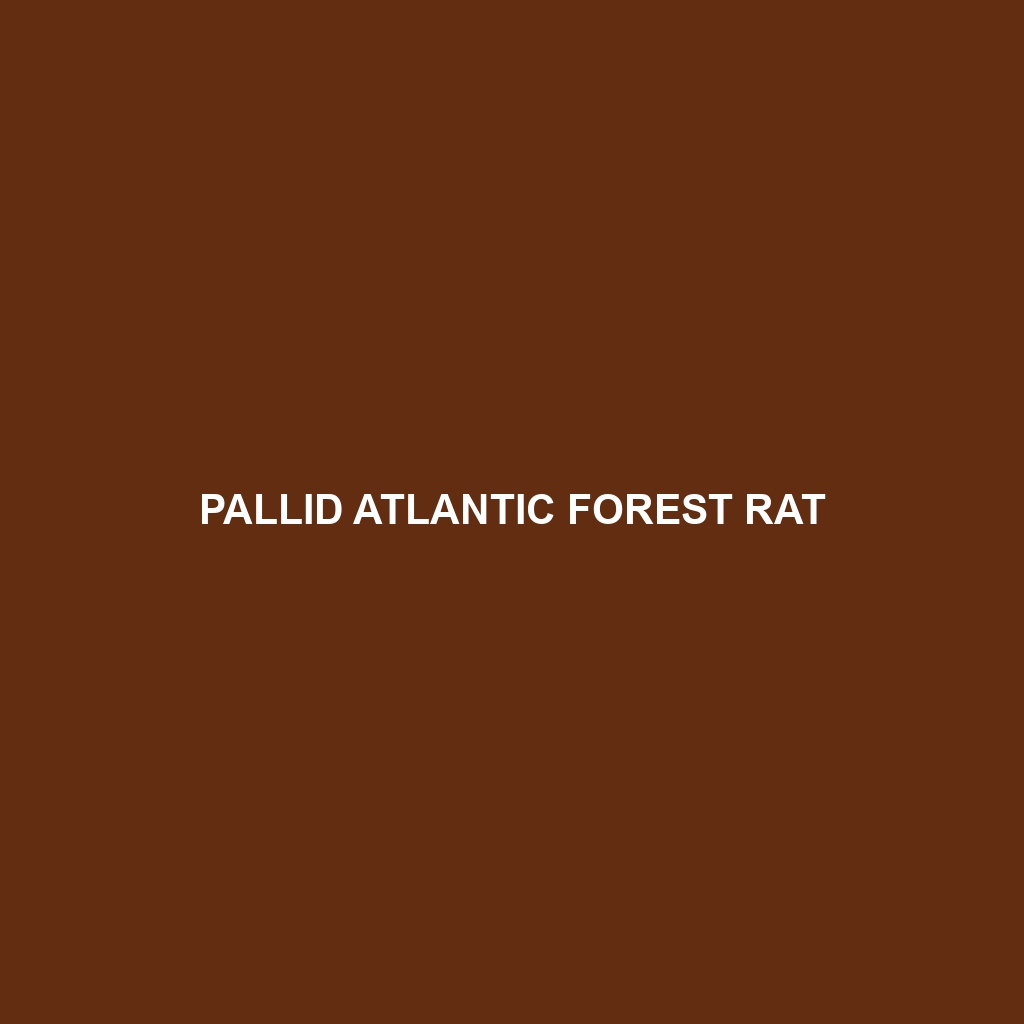Discover the Liotyphlops caissara, or Caissara blind snake, a nocturnal, insectivorous species native to the rainforests and savannas of southeastern Brazil. With a unique burrowing lifestyle, this slender snake features vestigial eyes and plays a crucial role in controlling insect populations, contributing to ecological balance while facing threats from habitat loss.
Tag: southeastern Brazil
Brasiliscincus heathi
Discover the Brasiliscincus heathi, a small to medium-sized skink native to the tropical Atlantic Forest of southeastern Brazil, known for its distinctive coloration and camouflage. This diurnal insectivore plays a vital role in its ecosystem by regulating insect populations while facing threats from habitat loss.
Apostolepis thalesdelemai
Apostolepis thalesdelemai, also known as the Thalesdelem's snake, is a non-aggressive, nocturnal reptile native to Southeastern Brazil's Atlantic Forest. This agile constrictor reaches an average length of 60 to 80 centimeters, primarily feeds on small invertebrates, and plays a crucial role in maintaining ecological balance.
Apostolepis pymi
Discover the Apostolepis pymi, a vulnerable snake species native to southeastern Brazil, thriving in tropical forests and savannas. Known for its slender, brown or gray body with dark bands, this nocturnal predator primarily feeds on small invertebrates and plays a crucial role in maintaining ecological balance.
Apostolepis phillipsae
<b>Apostolepis phillipsae</b> is a slender, non-venomous snake found in the humid Atlantic Forests of southeastern Brazil, measuring 50-70 cm with a distinctive brown and gray coloration. Known for its nocturnal behavior and diet of small rodents and amphibians, this vulnerable species plays a critical role in maintaining ecosystem balance.
Yellow Pygmy Rice Rat
Discover the fascinating life of the Yellow Pygmy Rice Rat, a small yet intriguing rodent native to the wetlands of southeastern Brazil. With its vibrant yellowish-brown fur, nocturnal foraging habits, and role in seed dispersal, this species showcases remarkable adaptability in its lush habitat. However, facing threats from habitat loss, the conservation of this vulnerable species is vital for maintaining ecological balance.
Yellow Pygmy Rice Rat
Discover the fascinating life of the Yellow Pygmy Rice Rat, a small yet intriguing rodent native to the wetlands of southeastern Brazil. With its vibrant yellowish-brown fur, nocturnal foraging habits, and role in seed dispersal, this species showcases remarkable adaptability in its lush habitat. However, facing threats from habitat loss, the conservation of this vulnerable species is vital for maintaining ecological balance.
Pallid Atlantic Forest Rat
Discover the fascinating world of the **Pallid Atlantic Forest Rat**, a vital species native to the lush Atlantic Forest region of southeastern Brazil, northeastern Argentina, and Paraguay. Known for its nocturnal foraging habits and significant role in seed dispersal, this vulnerable species thrives in dense, moisture-rich habitats. Learn about its unique adaptations, physical characteristics, and the conservation challenges it faces in an ever-changing environment.
Pallid Atlantic Forest Rat
Discover the fascinating world of the **Pallid Atlantic Forest Rat**, a vital species native to the lush Atlantic Forest region of southeastern Brazil, northeastern Argentina, and Paraguay. Known for its nocturnal foraging habits and significant role in seed dispersal, this vulnerable species thrives in dense, moisture-rich habitats. Learn about its unique adaptations, physical characteristics, and the conservation challenges it faces in an ever-changing environment.
Pallid Atlantic Forest Rat
Discover the fascinating world of the **Pallid Atlantic Forest Rat**, a vital species native to the lush Atlantic Forest region of southeastern Brazil, northeastern Argentina, and Paraguay. Known for its nocturnal foraging habits and significant role in seed dispersal, this vulnerable species thrives in dense, moisture-rich habitats. Learn about its unique adaptations, physical characteristics, and the conservation challenges it faces in an ever-changing environment.









